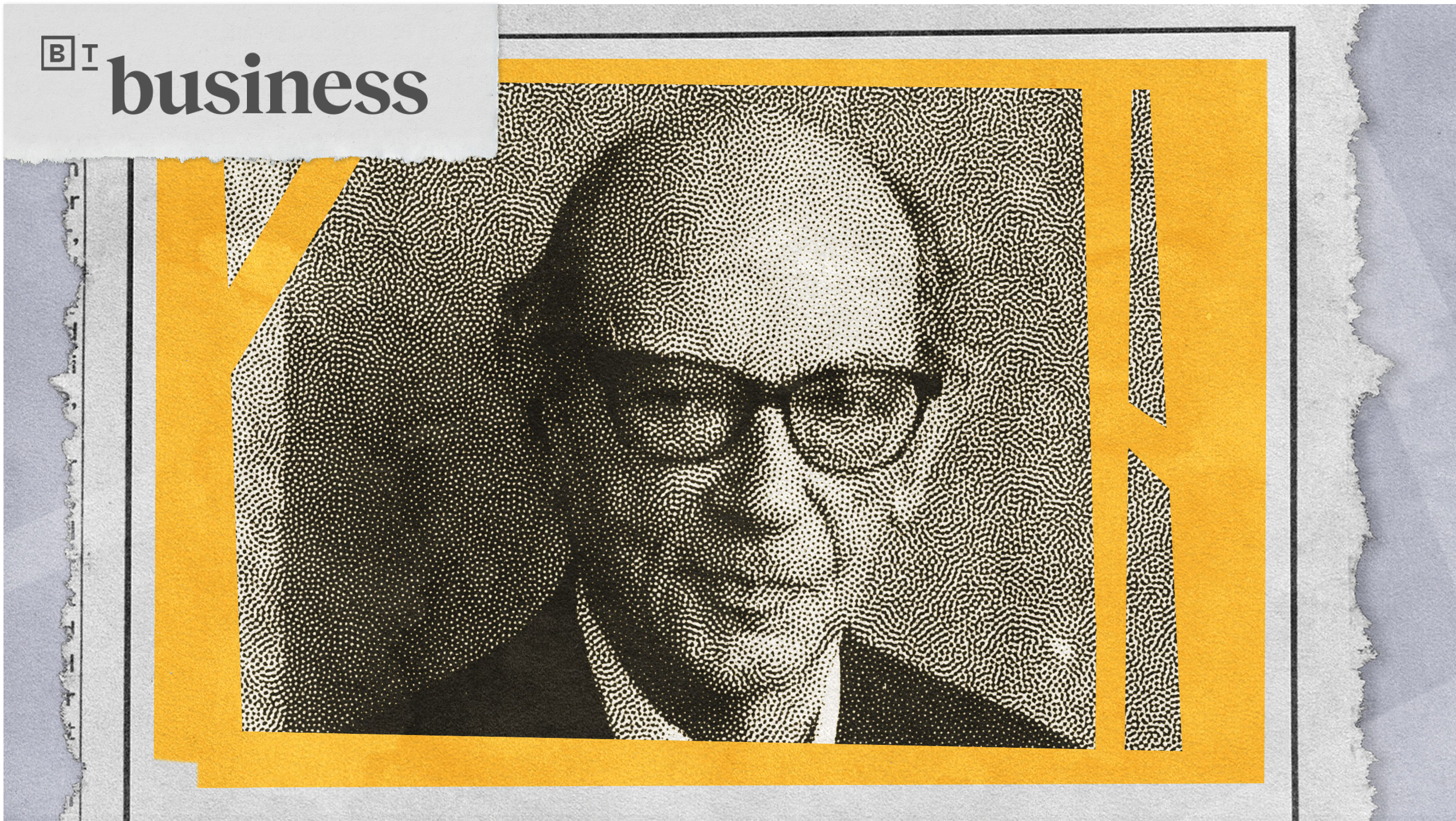Never Mind Celebrity Endorsements: Even People We Look Down On Can Make Us Buy Stuff

In branding, the conventional wisdom says that using the same computer or cologne as, say, George Clooney will make you feel more like him and, therefore, good about yourself. Conventional wisdom also says this only works in one direction: Clooney’s a movie star, he feels fine about himself already, so what does it matter to him how you write your emails or what you smell like? But according to this paper, that truism is wrong. It reports evidence that people are influenced by people on whom they look down.
A grocery clerk or a security guard could influence a Clooney to buy something, argue authors Edith Shalev and Vicki G. Morwitz, by making him feel that he was falling below his self-image. (Their paper will be published in next February’s Journal of Consumer Research, but a draft pdf is available here.) The emotional logic is: If that ordinary schlub like that has an iPhone 5, I’d better get one pronto. “A consumer who observes an elderly lady wearing professional running shoes might infer that people in general have become more athletic than before,” the authors write. “In an attempt to restore a sporty self-image he may purchase new running shoes.”
In one of their experiments, 55 students read a description of an upscale apparel company and read two online reviews of one of its products, a t-shirt. Then then reported (a) how much they cared about t-shirts and (b) how likely they were to buy this company’s t-shirts. Some of the volunteers were told that one of the reviews was written by a grocery packer. The others, though, were told that the author was a college student (the review text, of course, was the same in both cases). According to the authors’ ANOVA statistical analysis, the supposed grocery packer’s review made those who cared about t-shirts more likely to buy this brand. The higher-status person’s review had a significantly smaller effect. And the researchers got the same result when they ran the same procedure with a different hypothetical product, an MP3 player.
In another experiment using this same-review, different-author method, students who said they cared about being up to speed on technology were more motivated to buy a new gadget after reading a supposed security guard’s positive review than were other early-adopter types who thought the same review came from an architect. In a third experiment, a group of women went through a similar procedure, but only after first taking a test on their knowledge of technology. Half received an easy set of questions, while the others got a very difficult version. Hence, the authors say, they had one group primed to feel technologically confident and other to be feel shaky about their gadget savvy. Reviews didn’t influence that confident group, but among those who’d been pushed toward self-doubt, a grocery-packer’s review had more impact than the same text supposedly from an architect.
In other words, the authors argue, when your self-image is wrapped up in a product (for instance, if you’re contemplating a new iPhone and you’re proud of being an early adopter) and especially if you’re anxious about that image, then you’re more attuned to signals that you’re not where you want to be. And the sight of a grocery clerk with the iPhone you don’t have is just such a sight.
It’s an intriguing result. Still, I wonder if there isn’t more to the influence of supposedly low-status people on people with more advantages. The proposed mechanism here depends on the idea that people with low social status are uncool (if even the grocery guy has an iPhone, than what’s wrong with me?). But low-status mannerism and fashion are often perceived as more cool, not less cool, than their middle- and upper-class equivalents. Why do well-off suburban kids listen to rap songs about being a pimp? Or wear their pants low, gangsta style? Forty years ago, only sailors and ex-cons had tattoos. Two generations earlier, a classy man wore a shirt and tie (“dungarees” were for people with no couth). Today you’re hip if you don’t wear a shirt and tie (jeans mean you’re free and creative).
In other words, people adopted hip-hop in the 90s and tattoos in the 80s and jeans in the 60’s because they thought “low-class” people were ahead of the coolness curve, not behind it. This is not a modern phenomenon, as I learned from Ruth Mellinkoff’s fascinating Outcasts: The “Pied Piper,” who lured the children of Hamelin to follow him in the fairy tale, was “pied” in the sense that he wore “pied” or multicolored clothes. In medieval Europe, respectable middle-class people wore solid colors. Who wore their clothes cut up and patched out of many hues? People whom we today would call “consumers of low socioeconomic status”: Soldiers, musicians and criminals.
Why should this be so? My guess is that it has to do with the invisibility of privilege in a high-tech society. If you’re mother’s a lawyer and your father’s an executive and you have a college fund, it doesn’t much matter to your future if people find you cool or scary. You’re armored against misfortune, but your armor is hidden in SAT scores, college transcripts, family connections and so on. On the other hand, if you’ve got nothing in this world but yourself, a lot more depends on how you come across during facetime with other people. Is it any wonder, then, that the source of all that is cool, edgy and hip always come from “below”?





